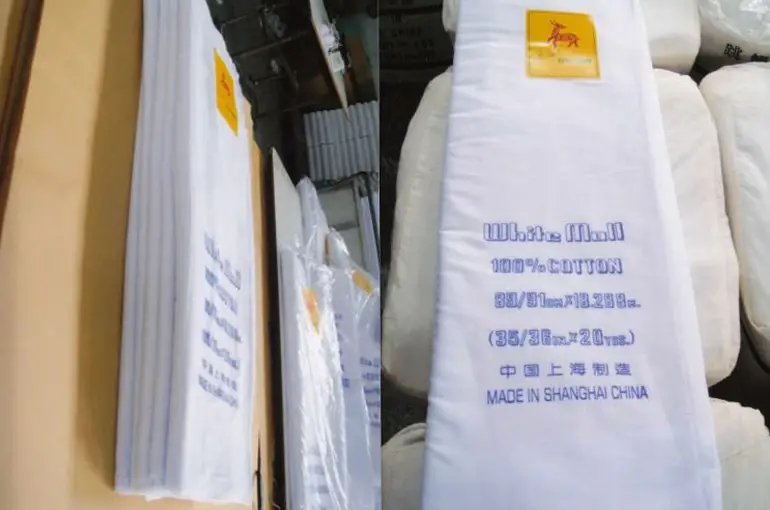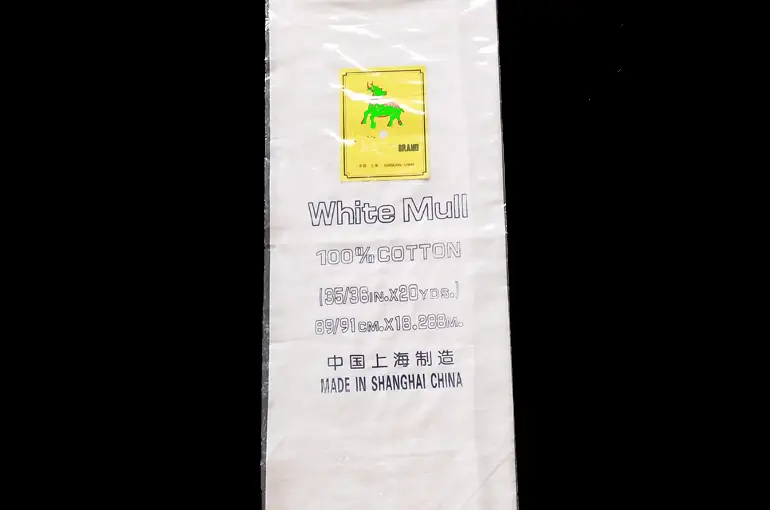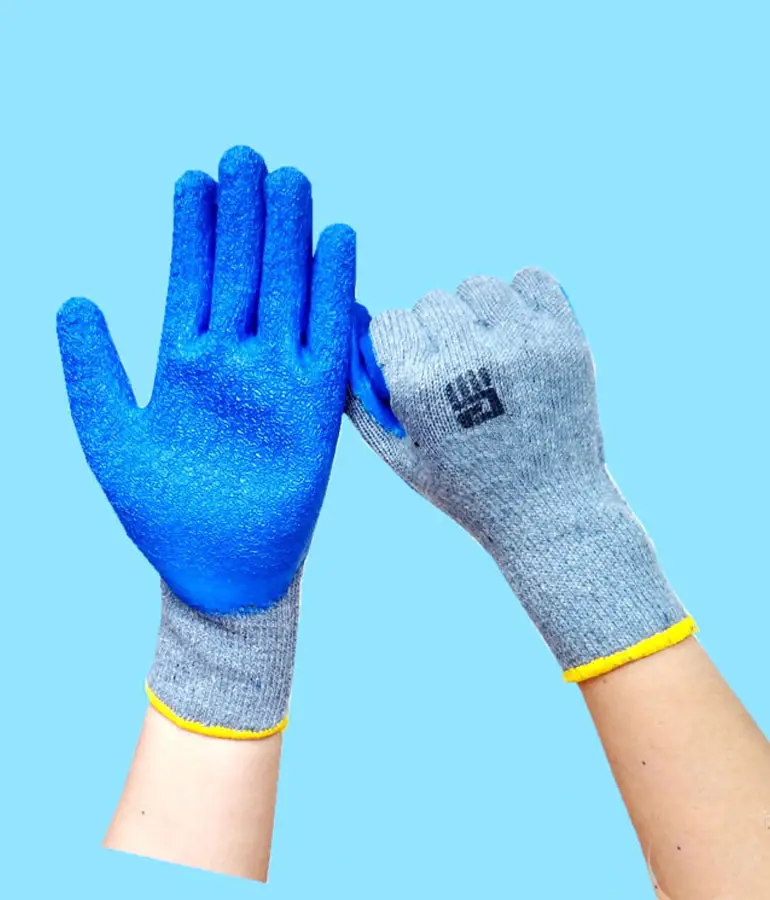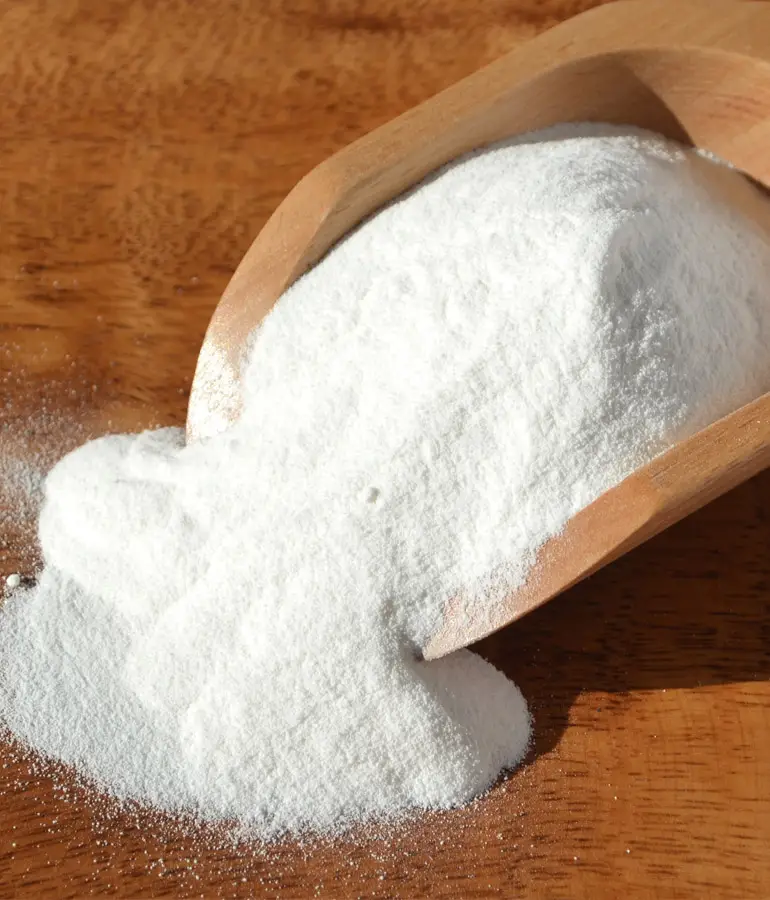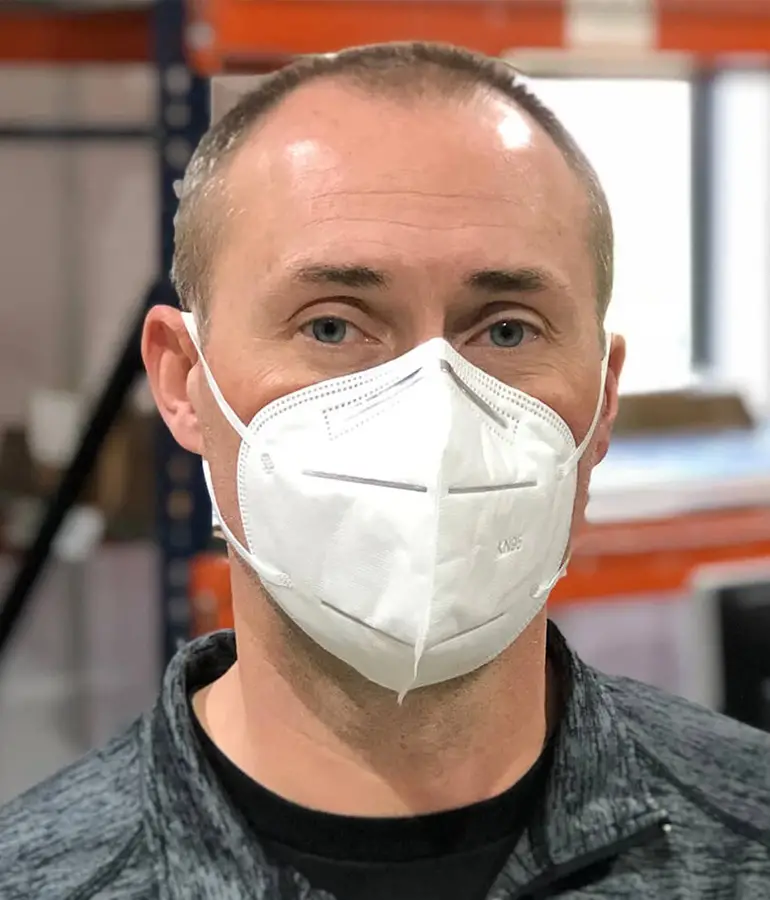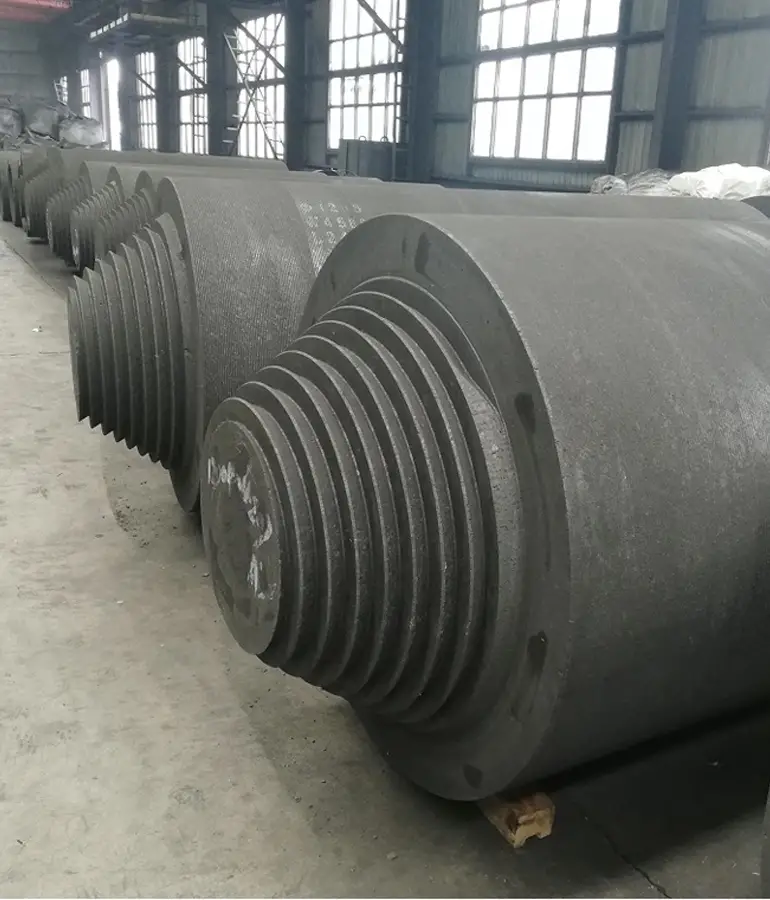Grey fabrics requirements of different dyeing and finishing

Grey fabrics requirements of different dyeing and finishing processes
Grey cloth concept
Grey cloth concept
Grey cloth refers to the semi-finished product that has not been dyed and finished after the fiber is woven into a fabric. Dyeing and finishing companies often refer to grey fabrics that have not been scoured and desizing as green fabrics. The grey cloth after scouring and desizing is called cooked grey cloth.
The main factors affecting the quality of dyeing and finishing products are raw materials, technology, equipment, operation, and environment. Among them, grey cloth has a great influence on the quality of dyeing and finishing products.
The relationship between the classification and characteristics of dyeing and finishing grey fabrics and the dyeing and finishing products
1. Classified by fabric organization
According to the different interweaving forms of warp and weft yarns, the grey fabric constitutes different weaves, so that the fabric has different appearance and physical and mechanical properties. Commonly used fabrics can be divided into five categories.
a) Plain weave
The plain weave structure is compact, the surface is smooth, the coverage probability of the warp and weft yarns is basically the same, and the tightness is not much different. The yarn evenness, slub, neps, thick diameter, and wrong weft in the grey fabric have obvious reflections on the dyeing and finishing products. Since a bobbin yarn in the general spinning department is concentrated on a section of the door width, it is very sensitive to the quality of the grey fabric, and more attention should be paid to the requirements of the weft yarn. For dyeing and finishing products with higher quality requirements, the warp and weft should be mixed with cotton separately, and the raw materials and techniques should be taken care of, especially for poplin fabrics with high warp density and low weft density.
b) Twill weave
The surface of the twill weave has oblique lines formed by continuous concatenation of floating points or weft floating points. The intersection of warp and weft of this kind of weave is less than plain weave, therefore, its weaving density is generally higher than plain weave, the fabric tightness is greater than plain weave, and warp density is generally higher than weft density.
The fabric weave has two ups and two downs, and three ups and downs.
Two upper and two lower fabrics are symmetrical on the front and back, and the warp and weft yarns are basically the same.
The warp yarns on the front side of the fabric are more exposed, and the appearance defects of the warp yarns are easy to be exposed on the cloth surface. The weft yarn can be concealed because it is less exposed.
For this reason, we must focus on the quality of the warp yarn of the grey fabric from the consideration of dyeing and finishing products. Hundred foot defects are caused by fabric weave errors caused by missing roots in the twill fabric (equivalent to the thin weft of plain weave fabric). There are three types of twill fabrics: khaki, gabardine, and whistle. Among them, the fabric tightness is khaki larger than that of gabardine, and the rattle is the greatest. Generally, the greater the tightness, the greater the difficulty of weaving and the easier it is to produce weaving defects.
c) Satin weave
It is characterized by the formation of satin weave, with longer interlacing points and fewer interlacing points, so the weaving density can be higher. The fabric. The surface is smooth and shiny, and it is soft to the touch. After dyeing and finishing resin finishing and electro-optic calendering, it is full of dazzling brilliance. Satin fabrics are divided into two types: horizontal tribute and straight tribute. The front side of the horizontal tribute fabric is mainly formed by weft yarns, while the direct tribute is mainly formed by warp yarns, and the weft yarns are less exposed than the warp yarns. Generally speaking, satin products are middle-to-high-end products, and have higher requirements for yarn weaving defects.
2. Classified according to the fibers that make up the fabric
Generally, it can be divided into three categories: pure natural fiber fabrics, purified fiber fabrics and blended fabrics.
Blended fabrics are fabrics made by blending or interweaving two or more types of fibers, including blending and interweaving between chemical fibers and natural fibers, different natural fibers, and different chemical fibers.
For blended fabrics, the proportion of combined fibers must meet the requirements of regulations or standards; the blended fibers are evenly mixed, otherwise it will form color patterns or streaks or even color aberration.
The different blending methods in the spinning department, such as bale blending, multi-bin blending, and sliver blending, achieve different blending effects. The best requirements can be put forward according to the final product effect of dyeing and finishing. For single-dyed blended or interwoven products, the dye selection and dyeing process should be strictly controlled to ensure that the color and color of the two fibers are consistent.
When spinning synthetic fibers such as polyester, polypropylene, vinylon, etc., due to the effect of static electricity, the "three windings" phenomenon of winding rollers, winding rollers, and winding aprons often occur, which leads to the failure of the pressure of the drafting device and the breakage. Produce yarn defects such as slub and thick weft. When checking and accepting grey fabrics, attention should be paid to this type of yarn defect.
If the polyester-cotton blended fabric is made of several polyester blends with large differences in boiling water shrinkage, it will produce "skirt crease" defects after dyeing and finishing. Due to the electrostatic adhesion effect of polyester-cotton blending, the white polyester-cotton yarn is easy to form "soot yarn".
3. According to the yarn counts that make up the fabric
According to the yarn count (special number) used in the fabric, it is generally divided into four categories: low count (coarse special) fabric, medium count (medium special) fabric, fine count (fine special) fabric, and high count (extra fine special) fabric.
The general division is as follows:
Low count (coarse special) fabric: warp and weft count 32tex and above (18 counts and below);
Medium count (medium special) fabric: 20~30tex (19~29 count) in warp and weft count;
Fine count (fine special) fabric: warp and weft count 9~19tex (30~60 count);
High-count (extra-fine) fabric: The warp and weft count is below 9tex (above 60 counts).
Low-count fabrics are often used as coarse cloth, flannel, interlining, etc. with lower requirements. Medium and fine-count fabrics are the most widely used varieties for daily use. High-count fabrics are often processed into high-grade fine cloth, poplin, khaki, voile, and down cloth. High-count fabrics are generally made of combed yarn by spinning and combing process, and more thread fabrics are used. For more than 60 yarns, long-staple cotton or fine denier or ultra-fine denier chemical fiber is used. The higher the count, the higher the quality requirement.
When spinning high-count yarns, the time between doffing and dropping is long, so it is easy to produce coal ash yarn; high-count yarns have high twists and are easy to buckle. Generally, weft yarns need to be twisted fixed, otherwise it will cause weft shrinkage and small braid yarn defects The high count poplin and down cloth with higher weft density are prone to produce yellow and white yarn; the thin and dense "voile" grey fabric has a particularly high evenness requirement; the inspection of dyeing and finishing grey fabric requires special attention.
4. Classified by fabric warp and weft yarn density or tightness
Generally, sparse fabrics have low density and tightness of warp and weft yarns, such as light fabrics such as Maier yarn, voile, gauze, mosquito net cloth, and mesh cloth. Medium-density fabrics refer to commonly used fabrics. Tight fabric refers to fabrics with higher density and higher tightness, such as corduroy, velveteen, rain-proof cloth, down cloth, high-count poplin, etc. At present, there is no quantitative regulation for classification.
Generally, the warp and weft yarns of sparse fabrics are less covered and more exposed, and the unevenness, thick knots, details, and various defects are clear at a glance, so the requirements are higher. The tightness of the compact fabric is high (usually around 90%), and the weaving is difficult, and it is most likely to produce defects such as triple jumps (jumping, yarn jumping, star jumps); the cloth surface is required to be smooth and clean, and it is also relatively good for evenness and jumble. High demands. Due to the enhanced color contrast of the weft yarns, the occurrence of yellow and white yarns in compact fabrics also increases accordingly.
5. Classified by fabric elasticity
Stretch fabrics are very popular products in the current market. Because it is comfortable to wear and can fully reflect the beauty of the human body, it is favored by men, women and children. There are three kinds of elastic fabrics: warp elasticity, weft elasticity, and two-way elasticity of warp and weft, and weft elasticity is more. Stretch fabrics obtain elasticity through stretch yarns. The appearance defects of elastic fabrics include broken filaments, exfoliated filaments and lack of filaments, which will cause local uneven elasticity, wrinkles, blisters, and color patterns of the fabric after dyeing and finishing. Special attention should be paid to them.
6. According to the classification of fabric raised products
Grey fabrics are mainly used for fleece dyeing and finishing products, such as flannel, corduroy, and velveteen.
Generally, flannel includes bleached fleece, printed double-sided fleece, serge fleece, etc., all of which are woven with medium and low count yarns, most of which are drawn in the weft direction, so the twist of the weft yarn should be low. After weft brushing, the strength of the fabric should be reduced by nearly half, so the weft yarn should have a higher strength. In terms of spinning defects, tightly twisted yarns should be avoided, and special attention should be paid to the instantaneous tight twists caused by the splicing operation. The shrinkage rate of flannel fabric in the weft direction is relatively large, generally between 11% and 16%, so the fabric width is larger than that of ordinary fabrics. Considering the flocking effect, coarser cotton and other raw materials are generally used.
The fabric structure of corduroy includes two parts: pile structure and ground structure; pile structure can have pile weft or pile warp. Generally, the cashmere weft is the majority. The pile warp or pile weft warp is processed by cutting pile machine to form the wick strip.
Corduroy is characterized by high tightness, generally small warp density and large weft density. In this case, the two are about 1:2.5~3. Therefore, the warp yarn must have high strength and wear resistance, and the weft yarn must be evenly even and mixed. Less, in order to achieve fullness and smoothness of the suede. Due to the higher tightness, it is necessary to strengthen the management of mixed cotton to prevent yellow and white yarn.
The surface of the velveteen fabric is covered with uniform and smooth pile, with a soft luster, soft texture and elasticity.
Velveteen is divided into two types: weft cut or warp cut. The warp and weft density is relatively high, and the weft density of the cut weft velveteen is 3 to 5 times higher than the warp density to ensure the fastness of the fabric and prevent depilation. The tightness of the fabric is 55% ~ 60% in the warp direction and 160% ~ 220% in the weft direction. Therefore, the weaving is more difficult and the probability of weaving defects is high. Special looms are commonly used for weaving. Velveteen is a high-end product, and high-strength combed strands such as J14x2 and J10x2 are commonly used for warp and weft yarns.
Different dyeing and finishing processing requirements for grey fabrics
Different dyeing and finishing processes have different requirements for grey fabrics. Different objects and different treatments can achieve multiple, fast, good and economical effects.
1. Bleached grey cloth
After scouring and bleaching the grey fabric, the cloth surface is clear and white, and the remaining colored defects on the grey fabric will be exposed. Therefore, the oil and color defects of the grey fabric, such as oil warp, oil weft, color warp, color weft, coal ash yarn, etc. Defects in hemp, hair, and straw (collectively referred to as three threads) should be paid special attention. Chemical fiber blended and pure spinning products have higher requirements for the above-mentioned defects due to their higher whiteness. Compared with dyed grey fabrics, bleached grey fabrics have slightly lower requirements for evenness, neps, and small yarn defects.
2. Dyeing grey cloth
Dyed grey fabrics are divided into variegated grey fabrics and dark grey fabrics. Machining similar to No. 190 Shilin blue cloth and lighter colored cloth is variegated blank, and the color darker than No. 190 Shilin blue cloth is dark blank.
Dark grey fabric: due to its darker dyeing, it has a strong contrast with the original color of the grey fabric. In order to prevent the color difference caused by uneven dyeing, the fiber density is not uniform, and the defects that affect the difference of dye penetration, such as neps, tight warp, loose warp, tight twist yarn, loose twist yarn, wrong weft, thin weft, hundred feet, Textile defects such as slub have higher requirements.
The problem of white stars in dark slabs is a particularly prominent quality key. It is mainly caused by the failure of dyes to be colored by low-mature fibers such as raw cotton petals, soft seed surfaces, and dead fibers, which must be paid attention to.
Variety-colored blanks or light-colored blanks are similar to bleached blanks. They have higher requirements for oil and color defects, and require slightly higher requirements for general yarn defects, such as evenness, cross-dense roads, etc., than dark-colored blanks. Different colors of grey fabrics will have different visual effects on grey fabrics. According to my experience, Shilin, snow blue, beige, etc. are very sensitive to the appearance of grey fabrics.
3. Printed grey cloth
Printed grey fabrics have the first place in terms of visual impact due to patterns, so relatively speaking, they have less impact on evenness, neps, and spinning and weaving defects, but they can highlight some defects on the fabric surface, such as crossbars and bamboo. Knots, sparse wefts, hundred feet, wrong wefts, shrinkage, and jumps also need attention.
It must be pointed out that dyeing and printing grey fabrics must not be mixed with wrong fibers (different fibers), which will cause very conspicuous defects. Recently, polypropylene packaging fabrics are often mixed in the opening and cleaning process of the spinning department, causing adverse effects. The mixing of warp-directed foreign fibers has a greater impact. In order to prevent the mixing of foreign fibers, the dyed and finished fabrics can be inspected with ultraviolet light (commonly known as black light) before use, which is quite effective in identifying the confusion between natural fibers and chemical fibers.
4. Resin finishing fabric
Resin finishing can improve the wrinkle resistance and wrinkle recovery of the fabric, achieve the effects of non-ironing, shrink-proof, and improving the feel and drape. However, after resin finishing, the strength of the fabric will be significantly reduced. Therefore, the grey fabrics finished with resin require higher strength, especially for high-count fabrics and voile fabrics. Due to their high count and low strength, it is necessary to focus on the strength changes after resin finishing. Make sure to take the requirements.
Strengthen grey cloth management and use grey cloth well
Dyeing and finishing enterprises must appoint a department to be responsible for grey cloth management, keep in touch with cloth suppliers, communicate information in a timely manner, and advocate the development of one-stop cooperation and research activities in spinning, weaving, and dyeing.
The key points should be the following:
1. The incoming grey fabrics must be checked and accepted. According to the principle of special blanks, first-in-first-use principles, the blanks, batch numbers, and package numbers of the supplying factories are piled up and used separately. The raw material and process of the cloth supply factory need to be modified.
2. The quality of grey fabrics should be checked randomly, and the sampling rate should generally reach 3%. It is necessary to inspect the width, warp density and weft density of the grey fabric; inspect the appearance defects according to the key requirements of the grey fabric; test the fabric strength index for the high requirements of the grey fabric.
3. When the quality problem of grey fabric is found, the cloth supplier shall send personnel to check and correct it in time. Sudden and major quality problems must be stopped to investigate the reasons and investigate the responsibilities.
4. The identification mark should be made when sewing the head of the grey cloth. When sewing the head, the edge of the cloth should be aligned, evenly flattened, straightened, and no wrinkles. For sparse fabrics, it is required to add seams on both sides to prevent curling.
5. It is recommended to implement the grey cloth "instruction manual" system for the reference of dyeing and finishing enterprises.

